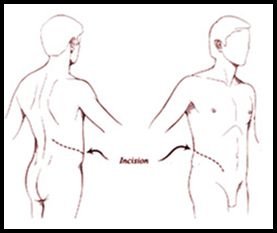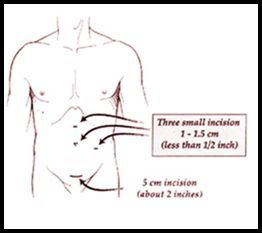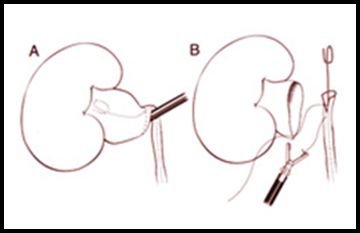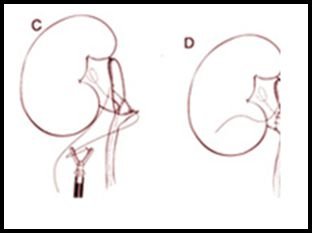UPJ Obstruction
UPJ Obstruction
What is UPJ obstruction?
- UPJ obstruction is a blockage of the flow of urine from part of the kidney known as the renal pelvis to the ureter, which carries urine from the kidney to the urinary bladder, which is the storehouse of the urine till it is excreted out.
- Under normal circumstances, the kidneys remove waste, excess fluid, salts and toxins from your blood in the form of urine. In UPJ obstruction, the kidney produces urine. However, it is not drained through the renal pelvis into the ureter, causing urine backup. This causes urine to collect in the kidney, which leads to kidney swelling (hydronephrosis).
What causes UPJ obstruction?
- The cause of UPJ is still not clear. The most common cause of obstruction or blockage occurs when a baby is still growing in the womb due to some intrinsic defect in the muscle of the ureter. This is called a congenital obstruction (present from birth). Secondary UPJ can be scarring, infection, previous surgery or extrinsic obstruction.
What are the signs and symptoms of PUJ?
They can be asymptomatic or may present with the following symptoms:
- Back or flank pain
- Blood in the urine (hematuria) or cloudy, foul-smelling urine
- Urinary tract infection (UTI) usually with fever.
- Irritability
- Lump in the abdomen (abdominal mass)
- Kidney infection
- Kidney stones
- Poor growth in infants
- Vomiting

Open Procedure

Laparoscopic Procedure

Ureteropelvic Junction (UPJ) Obstruction

Laparoscopic dismembered pyeloplasty
How Is UPJ Diagnosed?
An ultrasound during pregnancy can help determine whether the child has any kidney swelling or not. An enlarged kidney is easily seen on ultrasound. Other tests used to confirm the presence of UPJ include:
- Creatinine clearance and BUN (blood urea nitrogen): used to find if the kidney is working well as it filters the blood.
- Electrolytes
- CT scan
- CT urogram – scan of both kidneys and ureters with IV contrast
- Intravenous pyelogram (IVP) – is less commonly used nowadays.
- Nuclear scan of kidneys: know the degree of obstruction and renal function.
- Voiding cystourethrogram
- Ultrasound
Treatment of UPJ
Below are the surgical treatment options:
- Open Pyeloplasty
- Laparoscopic Pyeloplasty
- Endopyelotomy
- Robotic-assisted laparoscopic Pyeloplasty
While open Pyeloplasty, removing the abnormal segment of the ureter, is the most common surgical treatment, laparoscopic Pyeloplasty, with or without robotic assistance, is used to treat UPJ obstruction in children and most adults who have not had success with other surgical options.
